Choosing flowers for giving and caring for them
A landscaped flower garden is an excellent decoration for a summer cottage. By planting unpretentious, and most importantly - beautiful flowering plants and shrubs, you can "refresh" even the most seedy dacha, allowing it to smell sweet from June to October. So, it remains only to choose which flowers to plant in the country, to learn how to combine them correctly in the flower beds and take care of them.
Criteria for choosing colors for a summer cottage
First of all, it is worth deciding on the flowering periods and the life expectancy of ornamental plants:
- annual flowers;
- biennial plants;
- perennials.
The next important criterion is climatic conditions. If some flowers grow well only in direct sunlight, others need a shady place, and still others generally like moist dark lowlands.
- Annual and biennial flowers and shrubs predominantly prefer sunny areas. If there are many trees in the country that create shade, perennials can be planted along them: badan, periwinkle, hostu, dicenter, broadleaf bell, violet.
- Damp lowlands, not suitable for most decorative flowers, will be a fertile place for planting unpretentious ferns, astilbe, iris, swimwear, peonies, anemone, buzulnik.
- If the soil in the summer cottage is dried up, you can plant saxifrage, young, lupine, linen, kermek, spurge, alissum. These plants tolerate a lack of water well, which is very useful if the owner does not intend to pay due attention to watering the flower beds in the country.
- On clay soil, astilbe and lilies of the valley will take root well.
An equally important criterion for choosing ornamental plants is their height.
- Low ornamental plants: alyssum, astilba, pinnate carnation, primrose, hosta, yaskolka, periwinkle, saxifrage, rejuvenated, fescue.
- Flowers of medium height: dicentra, marigold, yarrow, peony, physalis, lupine, daylily.
- Tall flowers: tall varieties of delphinium, Siberian iris, Belgian aster, echinacea.
Low plants are best planted along the path, near the curb. Tall and medium-sized flowers and shrubs will be a beautiful backdrop for low ones - such a simple planting scheme gives surprisingly effective compositions. By planting them against the wall or along the fence, you can hide all sorts of defects: peeling walls, shabby wood - and if the yard is in perfect condition, then, on the contrary, emphasize its beauty.
Advice
A good layout is layered color arrangements: tall flowers in the background, then medium ones, and finally a carpet of low plants in the foreground.
What to choose: annual or perennial flowers?
Annual flowers begin to bloom within a month after planting. If the main goal is to decorate the site quickly and for a long time, annuals are perfect, because their flowering is almost continuous, from the beginning of June to the first cold weather.
Perennials, on the other hand, have a short flowering period: from a couple of weeks to a couple of months.
Ideally, flower beds and paths should be decorated with plants with different flowering periods: as soon as some bloom, others bloom, and the flower garden will be updated with new colors and become more and more beautiful.
The main disadvantage of annuals is obvious - they have a short lifespan, so they will have to be planted annually. A plus in this situation can be considered only the fact that every year the flower bed will be updated, dazzled with new colors.You should not rely on the ability of some annuals to sow independently: the seeds will be randomly scattered along and across the flower bed, which will disrupt its outline. To keep the garden in order, you will have to approach planting flowers responsibly.
Perennials, on the other hand, have a number of advantages.
- Frost resistance: the plant does not need to be hidden from the cold, it is unpretentious and reacts normally to frosts of medium intensity, winters well.
- Perennials do not need to be replanted every year, which will reduce labor costs.
- Since perennial plants reproduce by division, they can be divided during transplantation and thereby increase their number, which will reduce financial costs for expanding and updating the flower garden.
- Caring for perennials is simple and does not require a lot of time.
- Perennials are the basis of a flower garden. Along it, if desired, you can plant annual plants, filling them with flowering those time intervals when perennials will fade.
Varieties of plants for summer cottages
As already mentioned, perennials are such flowers that can grow and bloom in the same place without transplanting for more than two years.
Perennials differ in the way of reproduction and the type of root system:
- perennial bulbous flowers (tulips, lilies, daffodils, hyacinths, crocuses, ornamental onions);
- seed-propagating species;
- corm species;
- rhizome;
- tuberous.
Bulbous flowers are the most unpretentious. They are able to overwinter even in Siberian frosts. To further strengthen and heal them, gardeners after flowering cut off the flowers, so that all the plant's nutritious juices go into the bulbs. After the leaves are dry, the bulbs can be dug out, dried, and after 2-3 months, in the middle of autumn, they can be planted back.
The first to appear from under the snow are the chiodonox flowers, snowdrops, spring flowers, white flowers.
Daffodils have been actively blooming since the end of April. Such terry varieties as White Lyon, White Petri, Bridal Crown, Orangerie, Replit deserve special attention.
This is followed by various varieties of tulips: double, lily-colored, parrot and others, multi-colored hyacinths and lilies.
Peony and rose are considered to be the most beautiful summer flowers. Their active flowering begins at the end of May - June. Most often in the garden you can find park and hybrid tea varieties of roses.
Landing rules
Before buying seeds or flower bulbs, it is worth deciding where to plant them.
- On the north side of the site will take root well ivy, girlish grapes, quince, hydrangea.
- A Chinese rose grows in the south honeysuckle, actinidia, lemongrass.
- In the west you can plant wisteria, nightshade, magnolia, passionflower.
- In the eastern part of the garden, you can buy capuchin, quince, clematis, nasturtium, petunia and begonia.
After that, you should decide on the landing date. It is best to work with seedlings from the end of April to the end of May (in June most flowers are already in the active phase of flowering) and from mid-August to early September.
An hour or two before planting, the soil must be watered, filling the holes themselves abundantly. The planting scheme is as follows: the plant is installed in a prepared hole, buried along the hole with earth and compacted. Container flowers should be additionally treated with Kornevin.
To give the plant additional support, a low wooden or plastic peg is installed in the hole along with the sprout. If you set it to an already developed plant, you can damage the root system.
Sour soil should be treated with lime 3-4 days before planting.
Caring for a country flower garden
Growing flowers in a summer cottage includes the following care measures:
- watering;
- feeding with minerals and other fertilizers;
- loosening the earth.
Growing annual flowers is much more difficult than growing perennials because they require a lot of care and attention.
Given that the rhizomes of perennial flowers are close to the soil surface, the soil should not be loosened around the flowers. However, the soil around the flowers should be mulched.
Plants need to be watered regularly, as often as possible during budding, flowering and during severe drought, which may come as early as June. You need to use extremely warm water. Strong jets of water should not be directed at the plants, as they can harm the delicate parts of the flower. During the flowering period, it is worth using a spray (it is very convenient when watering flowers growing near the paths, so as not to flood them with too much water).
Advice
To enhance the absorption of nutrients, plant fertilization can be done directly while watering.
The first feeding of perennial plants is correct to do immediately after the snow melts, in early spring. Fertilization of perennials includes several stages.
- Top dressing 2 weeks after planting.
- Replenishment with minerals during the periods of budding and blooming.
- Fertilizing plants immediately after flowering.
In the spring, the flowers should be properly nourished with a variety of organic mixtures, and during the period of budding and bud opening - with mineral fertilizers. It is worth stopping scheduled flower feeding starting from the second third of September.
Thus, there are countless gorgeous flowers that you can plant in your summer cottage. Above, only the most popular and unpretentious flora samples were listed, the cultivation of which will give you a minimum of trouble and maximum aesthetic pleasure.
Caring for these flowers is simple, it is only important to produce it correctly and regularly according to the scheme developed by many generations of florists. So, plants need timely watering, feeding with nutrients, weeding from weeds and loosening the soil in order to grow healthy and delight you with abundant flowering. It remains only to choose which flowers to plant in your dream flower bed.
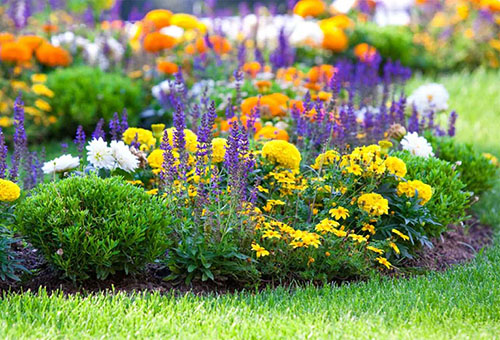
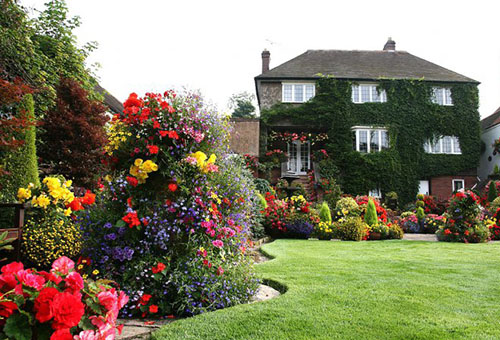
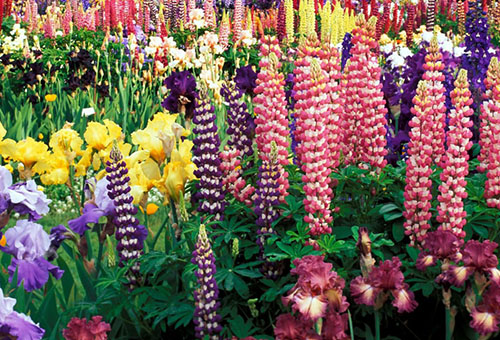
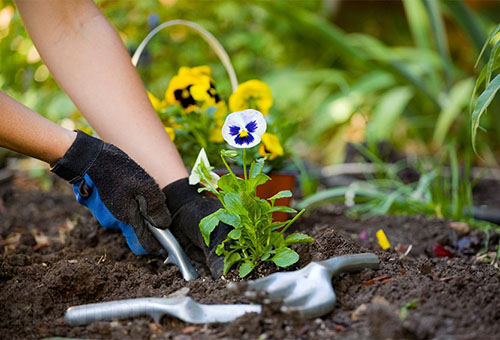
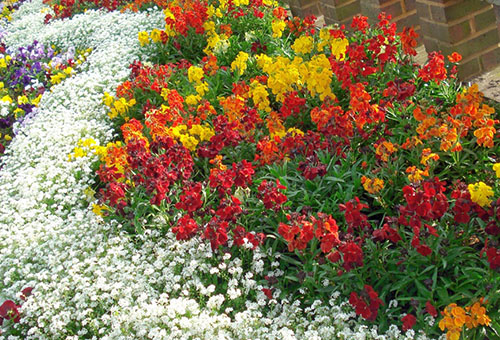
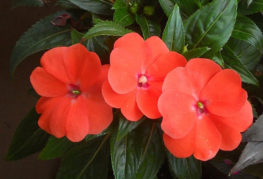
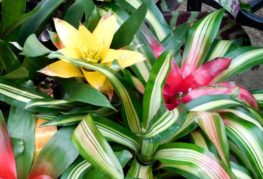
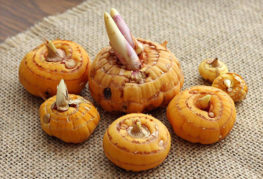
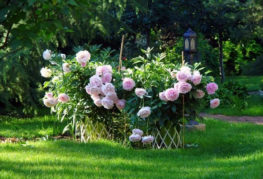
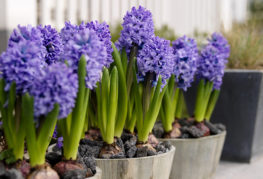
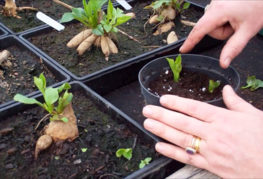
and will be published shortly.